With the current difficult infrastructure situation, buses will not be able to operate at their full capacity.
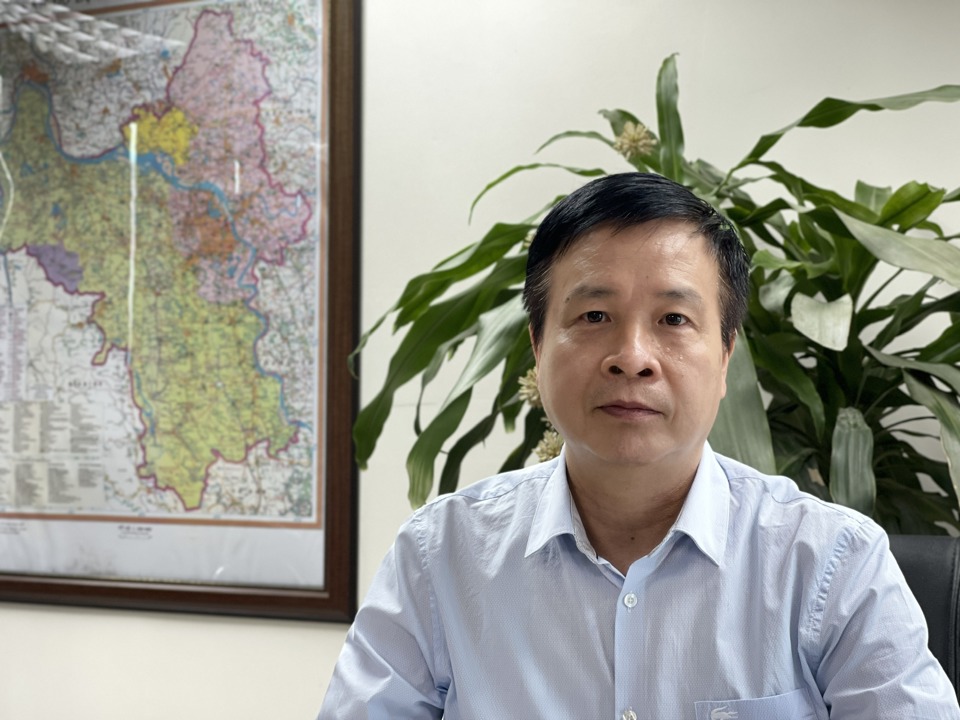
What do you think about the current state of bus infrastructure in particular and public transport in Hanoi in general?
- The problem of unsynchronized bus infrastructure has existed for a long time and has become a bottleneck in the city's public transport system. Not only buses, the entire transport system is facing many difficulties, requiring urgent and synchronized solutions.
One of the current problems of the bus system is the instability of infrastructure and bus waiting locations. For example, the frequent change of bus stops, especially in the inner city, due to the impact of traffic infrastructure renovation, has caused many difficulties for people.
In addition, the situation of bus stops being occupied by other vehicles such as garbage trucks, cars, shops, etc. is also common, reducing the efficiency of the whole system. The lack of bus shelters in the suburbs further aggravates this situation, causing many inconveniences to people.
How do the shortcomings you just mentioned affect the quality of bus service?
- Connecting traffic infrastructure is an indispensable part of public transport infrastructure. To help passengers conveniently switch from personal vehicles to public transport, there must be stops and parking for bicycles, motorbikes, and cars for people using public transport.
To maximize the capacity and efficiency of public transport, it requires seamless connectivity in the connecting transport infrastructure. Facilitating passengers to switch from private vehicles to public transport, such as arranging parking for bicycles, motorbikes, and cars near bus stops and train stations, and creating clear walking corridors to access public transport is extremely important.
Through the Hanoi Department of Transport, the Public Transport Association has made many recommendations, proposing that the authorities overcome these shortcomings and problems. However, currently, multi-modal connections in inner-city areas are still very limited. The area for connecting traffic is still limited, leading to a lack of bus stops and parking for private vehicles; the situation of occupying sidewalks, limiting walking space, is also common in many places.

How should those problems be solved, sir?
- Currently, bus stops are still fluctuating quite a lot. But in the inner city area, the distance between bus stops is still basically well guaranteed, less than 500m. In reality, the arrangement of inner city bus stops with the above distance has created favorable conditions for the majority of people, and it is necessary to maintain and continue to arrange bus stops in this direction.
However, in the alleys, access to stops is still difficult. The long walking distance from the alleys to the stops is a barrier. It is necessary to pay more attention to the issue of pedestrian traffic for people, and to study more connection methods to best ensure the travel needs and access to public transport. It is possible to study and organize some bus routes that directly connect between train lines to transfer passengers.
What is the experience of developing public transport infrastructure in major cities around the world , sir?
- Buses will operate more efficiently if they have dedicated lanes for this vehicle. Many countries in the world, such as Korea, have successfully solved this problem by dedicating lanes to buses. The results show that dividing the lanes not only helps buses move quickly and stably, but also contributes to reducing traffic congestion and improving the air environment.
Applying this experience, Hanoi needs to soon have drastic solutions to reserve lanes for buses. In addition, in order to build a modern and effective public transport system, it is necessary to invest in upgrading the infrastructure system for both buses, trains and other modes of transport connected to them. And solutions to these problems must be studied and synthesized in a synchronous and comprehensive manner.
So what are the synchronous and comprehensive solutions that Hanoi needs to aim for, sir?
- We need a comprehensive set of solutions, including many solutions such as: rationalizing bus routes; improving infrastructure; innovating vehicles; applying science and technology; strengthening management and operations... Especially, regarding infrastructure upgrades, it is necessary to arrange a more reasonable network of bus stops and shelters, ensuring the criteria: easy access, safety, and convenience.
Currently, most of the bus stops are stops that need to be upgraded to shelters to serve the people. Each stop must have more convenient access corridors, and can be easily reached by walking, using public bicycles, or private vehicles. Traffic hubs that connect buses and trains need to be invested in properly to bring passengers the most comfortable and convenient feeling.
Besides, one of the most important solutions for buses to attract customers and meet the needs of passengers is to organize a separate transportation system for it. Without dedicated lanes, buses will have more and more difficulty in ensuring travel time when the number of private vehicles increases day by day.
Thank you very much!
Source: https://kinhtedothi.vn/uu-tien-dong-bo-ha-tang-xe-bust-va-ket-noi-giao-thong-cong-cong.html










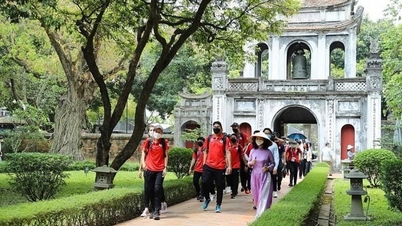




















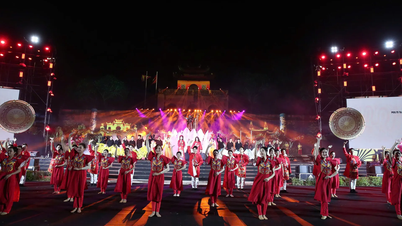



















































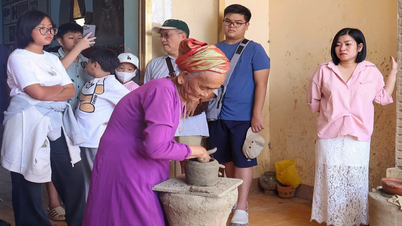

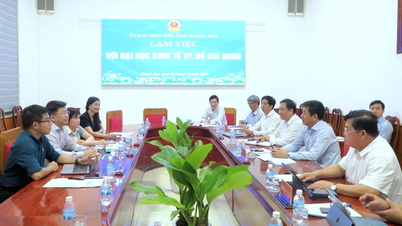
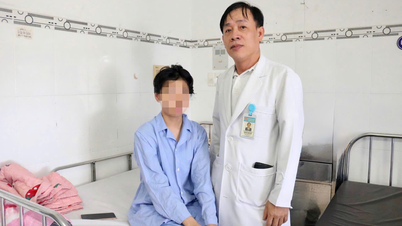


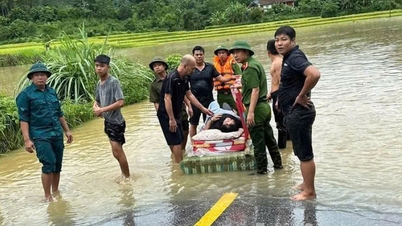














Comment (0)